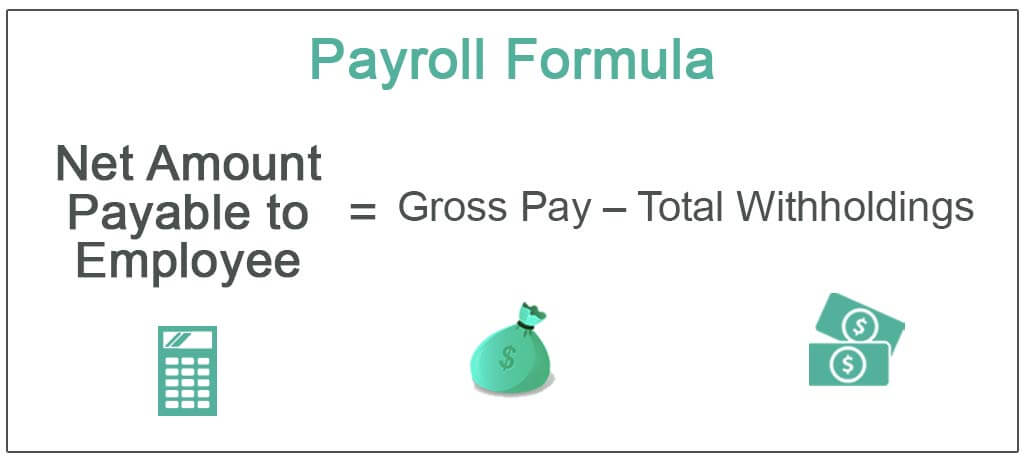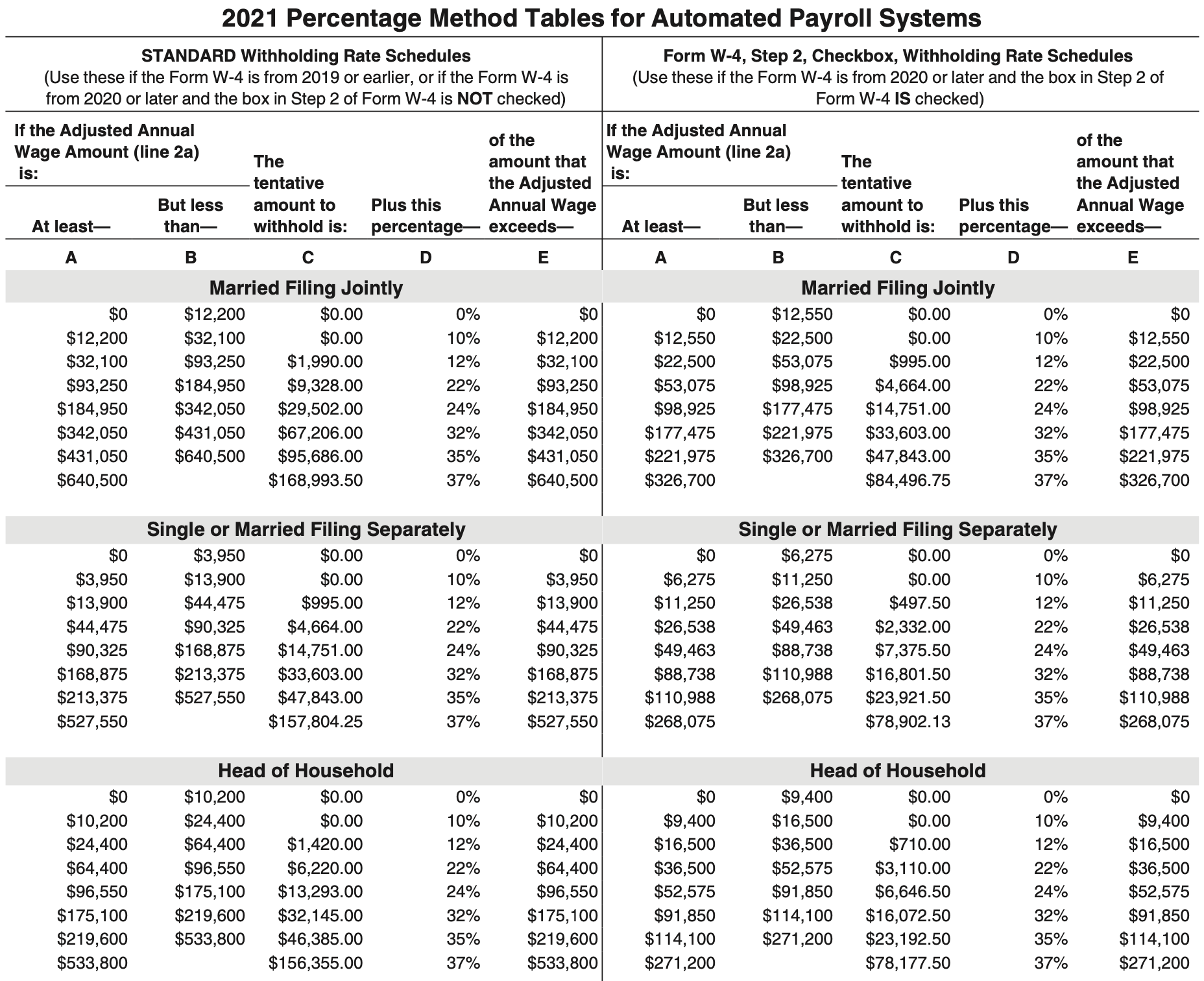Understanding Payroll Calculations
Ensuring Accurate Wages
Many employees do not fully understand how their pay is calculated each week or pay period. Small errors can easily be made in payroll that result in an employee being underpaid or overpaid inadvertently. It is important for both employers and employees to have a clear understanding of standard payroll calculation methods to avoid disputes.

Standard Hours and Calculations
The standard full-time work week is generally considered to be 40 hours. For salaried employees, their annual salary is often divided by 52 weeks to calculate a weekly pay rate. However, a more accurate method is to divide the annual salary by 2080 hours, which represents the standard number of hours an employee would work in a year.
Handling Outliers in Calculations
Leap years containing an extra day need to be handled carefully in payroll. Simply adding an extra day’s pay could result in overpayment over the course of a year. The best approach is to calculate hourly rates or weekly salaries based on a multi-year average. This smoothes out any variances caused by outliers like leap years.
Addressing Discrepancies Professionally
Even using standard calculation methods, simple errors can occur in payroll. It is important for both employers and employees to address any perceived discrepancies professionally and cooperatively. Remaining calm and polite when asking questions allows the real issue to be identified and resolved respectfully. Assuming malicious intent will only damage the working relationship.
A Recent Example of Payroll Issues
An employee in a previous role noticed a $273 overpayment on one paycheck due to a clerical mistake. The following week’s check was $273 lower to correct the error. When questioned about the lower amount, the employee criticized the company’s work quality and precision. However, one-time mistakes will happen in any business. A more constructive approach would be to kindly inquire about the reason for the change between checks.
Understanding Perspective on Both Sides
From the employee’s perspective, ensuring accurate compensation is important. However, payroll staff are performing detailed calculations for entire workforces under frequent deadlines. Minor blunders will inevitably occur occasionally. Appreciating these constraints can encourage cooperation instead of criticism when addressing payroll questions. The goal should be clarifying facts, not assigning blame for honest mistakes.
Trust Between Employers and Employees
Over time, developing mutual understanding and trust between employers and payroll administrators benefits everyone. Employees want assurance wages will be paid correctly. Employers aim to compensate fairly within resources and regulations. With open communication, even errors can strengthen working relationships through resolved issues. But confrontation tends to damage cooperation needed to build that trust long-term.
Calm Communication is Key
The most effective way to handle payroll discrepancies remains open yet calm discussion. Questions should be asked politely to clarify calculations and root causes, not to attack competence or integrity. Personal attacks often meet defensive responses, stopping problem-solving. By keeping communication respectful, employees and employers can work together toward accurate future payments through understanding, not conflict. This cooperative spirit nurtures the stability and goodwill vital for long-term success of any organization.
In summary, clear comprehension of standard payroll calculation methods by all parties helps avoid disputes. But when issues do arise, addressing them constructively through kind, solution-focused dialogue usually resolves problems most positively and protects working relationships over the long run. Maintaining perspective and mutual understanding serves employees and employers alike.
